

The Paternalism in International Development Has to Stop

Newsletter
Tariq Fancy is the founder of The Rumie Initiative, an organization developing and delivering low-cost technology for digital learning, and the former Chief Investment Office (CIO) of sustainable investing at BlackRock, the world's largest investment manager with US$9.42Tn in assets.
When I was first starting Rumie, I noticed a trend: many people in the international development space would get excited about our idea and its potential. But then they would proceed to ask me detailed questions that I could not possibly answer that early on — nor did it even seem a good idea to try.
“What is your working theory on how tribal elders will react to the introduction of technology in a post-colonial rural village in Francophone Africa?”
“Can you outline your theory for the gender equality of distribution of a technology intervention in a developing country village social structure?”
“Can you give me exact details on how the teacher will align the specific curriculum assignments and how its implementation will look in-class versus through after-school activity?”
I found the questions misguided firstly because it’s impossible for any startup introducing an innovative idea to have all these answers up front before starting. Nor did it seem a good use of time to speculate. But secondly, it was odd because I wasn’t sure that these were questions we should ever be able to answer well.
Separately, because my family roots are in Kenya, I had conversations with relatives still there. Their take was different. “Don’t walk in assuming that from your perch in North America you figured out all the answers for Africa,” one relative in Nairobi told me. “You can build the technology, fine — people here understand that technology development takes time and specialization. But WE will implement it. Engage people here as early as you can, don’t build the finished product there and parachute it here — it won’t work.”
That made much more sense to me. And that’s one reason why the Rumie model has always involved working with local partners around the world. We know that we can build high-quality, customizable technology tools that help people bring free digital educational tools to still offline communities in places such as Kenya, Guatemala, and even remote parts of Canada. But it would be crazy of us to think that we, sitting in North America, should be doing the localization for all these places around the world.
I used to explain it to people with this line: “We know it’s useful from Ghana to Guatemala. But we also know that we can’t possibly know every last detail about how it will be used in those places — that’s for local communities to decide.”
While it didn’t satisfy every researcher or funder in the international development space, it was obvious to everyone in the startup space. They understood instantly you should listen to your users, build features they want, and let them implement it.
I began to realize then that there was a key problem we had to overcome: the entire non-profit space and, indeed, much of social sector spending in general involves a model where the payer and user are different.
Most innovative startups and businesses in general sell to people who are both the buyer (funder) and the user. If I’m Apple and I sell you an iPhone, I need to make sure you’re happy. If you’re not, you won’t buy one again. It’s obvious to me that I have to keep the user happy since my funding flows from that user.
But in non-profit and social channels, the funder and user are often different people or organizations, per the chart below. If we get a foundation grant to provide education to a remote or underfunded community, we now have two different stakeholders. And in international development, those two parties are far away, have different cultures, and often speak different languages — creating a larger potential divergence in how they see things.

This messes up the normal process through which market-based mechanisms test, improve, and develop a product to become better and better (e.g., more useful to users). And it begs the question: whose preferences should we put first, the funder or the ultimate user?
At Rumie, our view is clear: we always put the user first. We operate through and through like a tech start-up, often able to unify the funder and user through a pass-through sales model where partners use their own funds to purchase our solution (at cost). We know above all that great products are built from listening to and incorporating real user feedback. And if someone sitting in Washington, DC, thinks that they know what Africans want more than Africans know what they want, we politely decline their funding. Just as every startup needs to be careful who they choose as investors and backers, we’re similarly careful to make sure our backers share our values.
We also wish that funders didn’t ask us or others in the space questions that we can’t (or shouldn’t be trying to) answer. I understand that for many with impressive research credentials and PhDs there’s a tendency to ask lots of questions and answer them through detailed paper-writing. But far too much of the scarce non-profit funding resources available for attaining the UN’s Sustainable Development Goals are being used on delving into arcane research questions and too little is being allocated to building actual solutions, as I outlined earlier in what I call International Development’s “White Paper Industrial Complex.”
So we don’t know every last detail on how tribal elders in Ghana and Guatemala will react to technology. (Safe to say it probably won’t be the same in every place.) And some answers we’ll discover as we go along. Others our many partners will figure out, or perhaps we’ll never know the answer to.
And that’s okay: we want to build a customizable tool that empowers people, and since our growth is almost always “pull” rather than “push” we know it’s working as we grow. We’ll keep listening to users, building tools they want, and letting them tell us what they want to improve — rather than assuming we could possibly know the answers already.




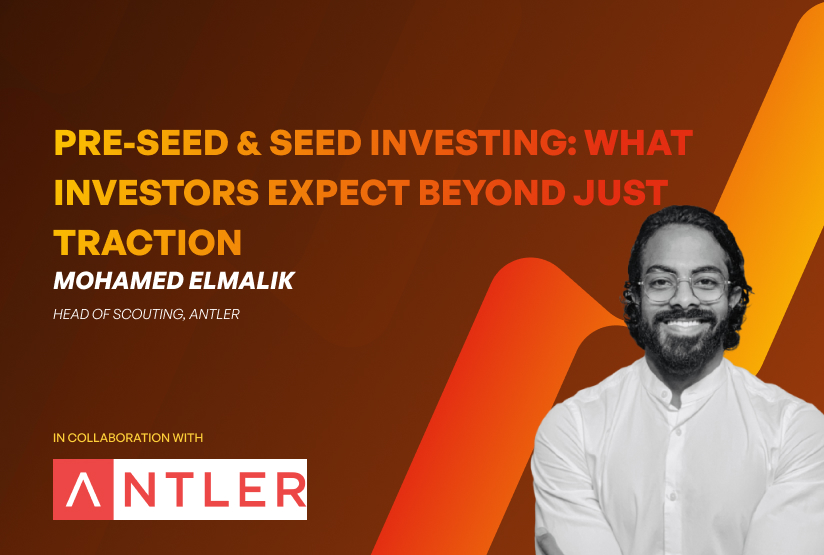
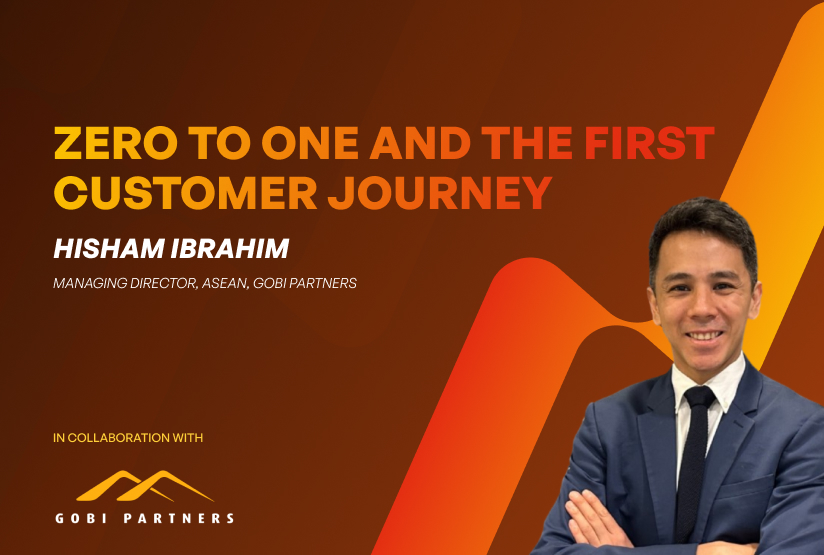
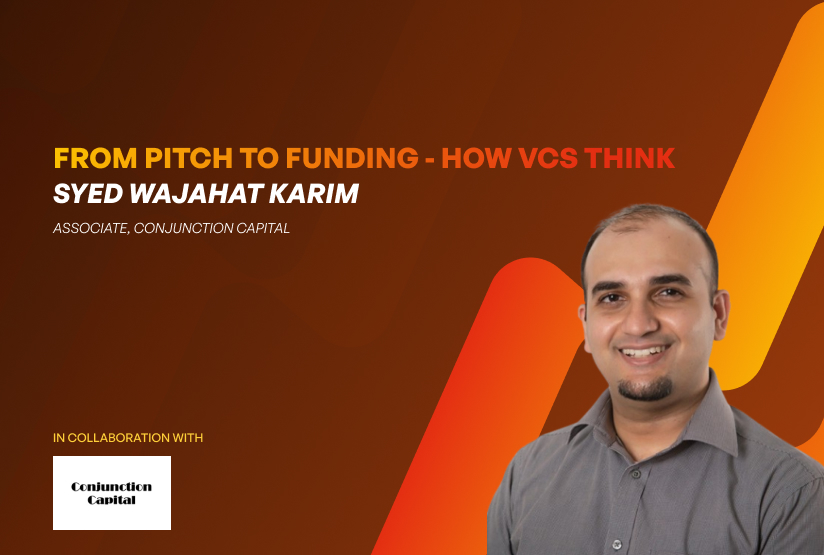


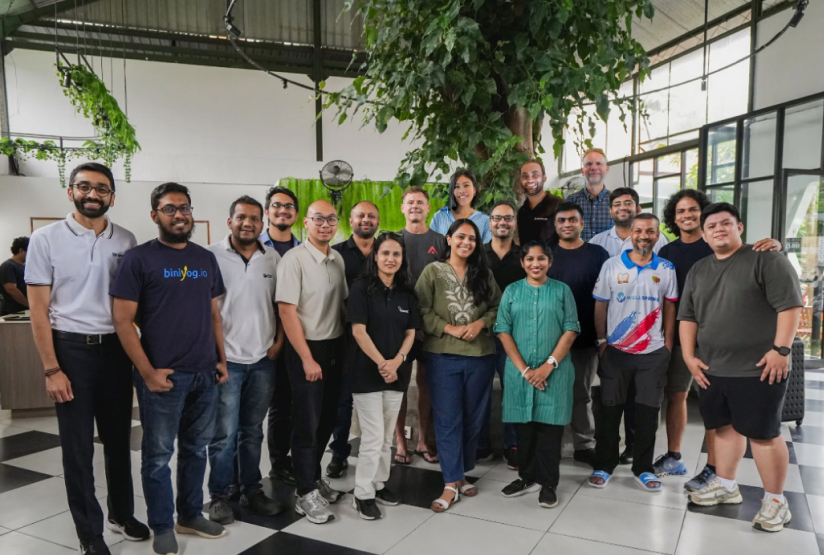
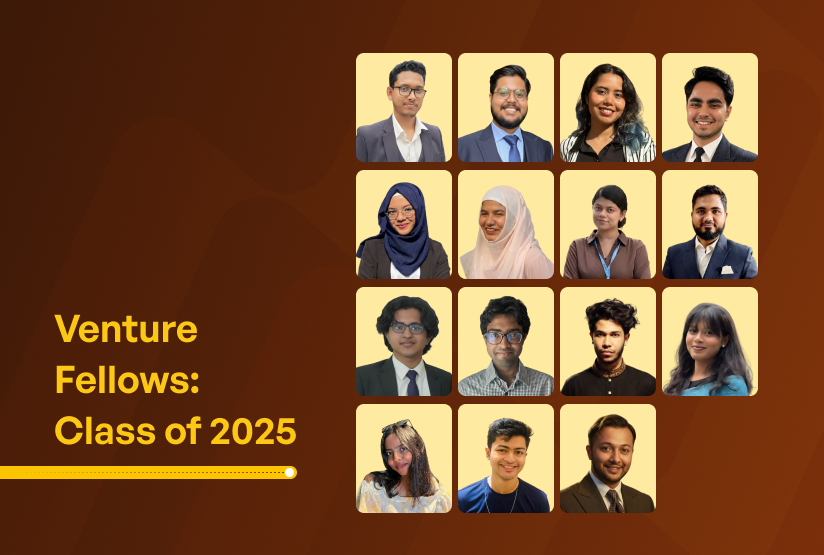










.jpg)
.jpg)





.jpeg)



.jpg)


















.jpg)


.jpg)
.jpg)

.jpg)
.jpg)


















.jpeg)











..jpg)
..jpg)



.jpg)






